By 2030, GDP per capita at current prices will reach about 7,500 USD.
The Government has just issued Resolution 90/NQ-CP dated June 16, 2023 on the Government's Action Program to implement Resolution No. 81/2023/QH15 of the National Assembly on the National Master Plan for the 2021-2030 period, with a vision to 2050, and the Plan to implement the National Master Plan for the 2021-2030 period, with a vision to 2050.
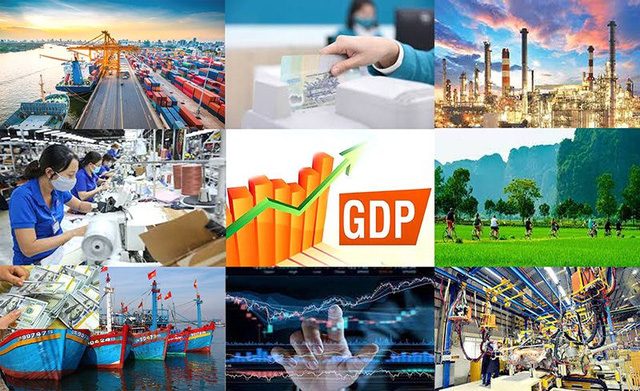
2021 - 2030 period: Striving for an average national GDP growth rate of about 7.0%/year. Illustrative photo
According to the Resolution, strive to achieve the goals, targets and complete the key tasks of the National Master Plan to 2030, in which, in terms of economy , strive for the average GDP growth rate of the whole country to reach about 7.0%/year in the period of 2021 - 2030. By 2030, GDP per capita at current prices will reach about 7,500 USD. The proportion of GDP of the service sector will reach over 50%, the industry - construction sector will reach over 40%, the agriculture, forestry and fishery sector will reach under 10%. The average growth rate of social labor productivity will reach over 6.5%/year. The contribution of total factor productivity (TFP) to growth will reach over 50%.
Promoting the advantages of each socio-economic region; focusing on developing the two dynamic regions of the North and the South associated with the two growth poles of Hanoi and Ho Chi Minh City, the North-South economic corridor, the Lao Cai - Hanoi - Hai Phong - Quang Ninh economic corridor, the Moc Bai - Ho Chi Minh City - Bien Hoa - Vung Tau economic corridor with synchronous and modern infrastructure, high growth rate, contributing greatly to the overall development of the country.
Along with that, sustainable urban development according to the network; urbanization rate reaches over 50%; strive for 3-5 urban areas on par with the region and the world. Build new rural areas that develop comprehensively, sustainably and are associated with urbanization; the rate of communes meeting new rural standards reaches over 90%, of which 50% of communes meet advanced new rural standards.
The Government also aims to strongly develop digital infrastructure and data infrastructure to create a foundation for national digital transformation, develop digital government, digital economy, and digital society; the proportion of digital economy reaches about 30% of GDP.
Regarding infrastructure development, basically form the national infrastructure framework, including North-South road traffic axes (North-South expressway in the East, some sections of North-South expressway in the West, coastal roads), important East-West traffic axes, strive to have about 5,000 km of expressway; gateway seaports with international transit functions, major international airports, railways connecting to major seaports, urban railways to minimize logistics costs; strive to build some high-speed railway sections on the North-South route; develop energy infrastructure, information technology, large urban areas, irrigation infrastructure, environmental protection, natural disaster prevention and control, and climate change adaptation.
Developing key national growth poles and dynamic regions
Regarding the core task, it is to basically form the national infrastructure framework, focusing on transport infrastructure, urban infrastructure, rural infrastructure, energy infrastructure, digital infrastructure, cultural and social infrastructure, irrigation infrastructure, environmental protection, natural disaster prevention and control, and climate change adaptation.
Accelerate economic restructuring associated with growth model innovation based on productivity improvement, application of scientific and technological advances and innovation. Prioritize the development of a number of industries and fields with potential, advantages and large room for expansion, associated with new development space.
Along with that, develop dynamic regions, important national growth poles to form locomotives leading the country's development. Select a number of localities, urban areas, regions with special advantages to build economic, financial centers, special administrative-economic units with unique, outstanding institutions, mechanisms, and policies that are breakthroughs and highly internationally competitive. At the same time, have appropriate mechanisms, policies, and resources to ensure social security and gradually develop ethnic minority and mountainous areas, border areas, and islands, contributing to political stability, maintaining national defense and security.
Forming and developing economic corridors along the North-South axis, East-West economic corridors, coastal economic belts; effectively connecting seaports, airports, international border gates, major trading hubs, urban areas, economic centers, growth poles; effectively connecting with regional and world economic corridors. Developing industrial - urban - service belts in dynamic regions, large urban areas...
Source















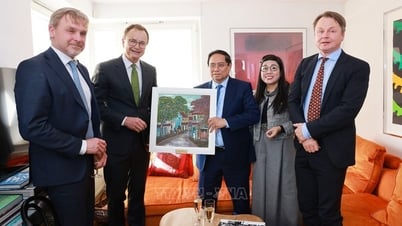






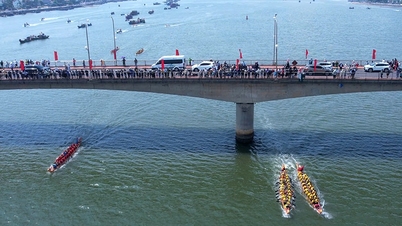



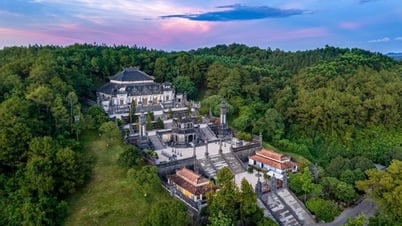
![[Photo] Prime Minister Pham Minh Chinh receives leaders of several Swedish corporations](https://vphoto.vietnam.vn/thumb/1200x675/vietnam/resource/IMAGE/2025/6/14/4437981cf1264434a949b4772f9432b6)










































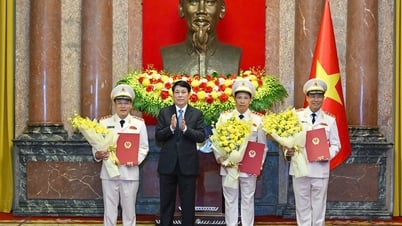





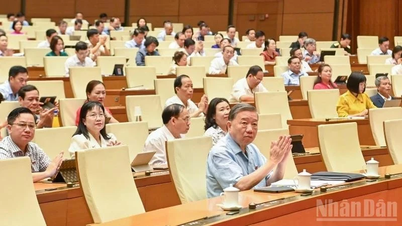




















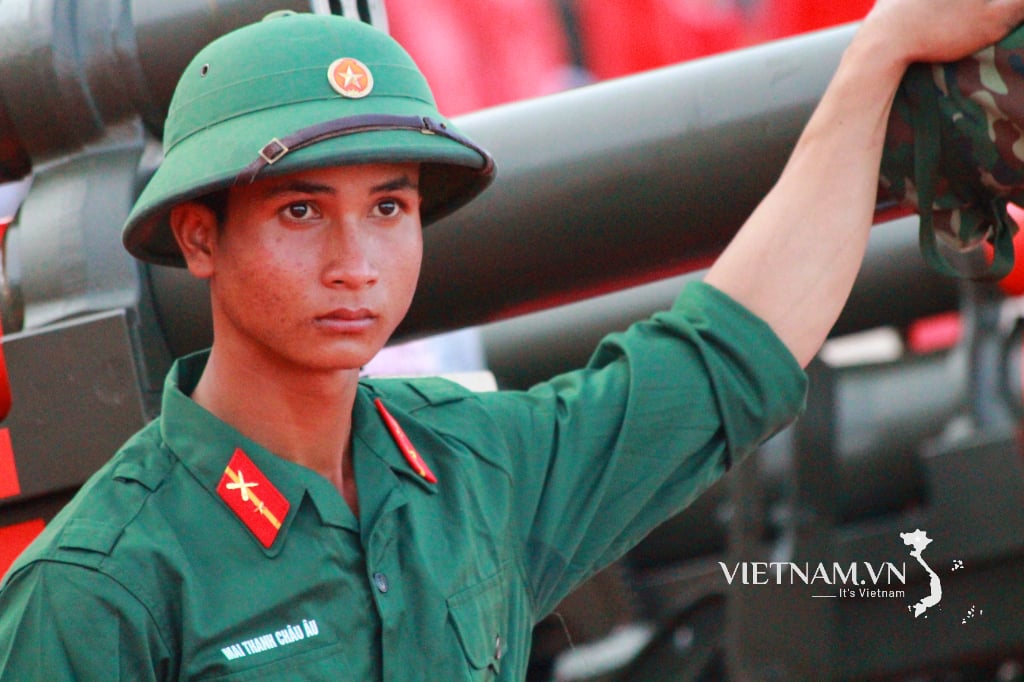

Comment (0)